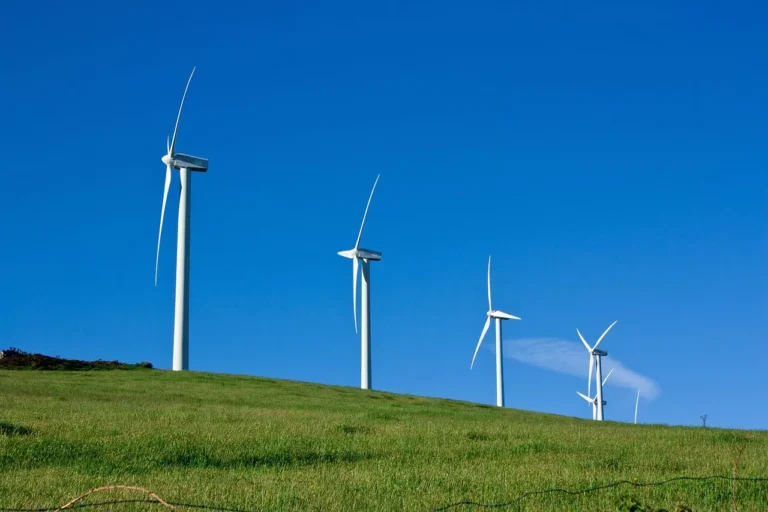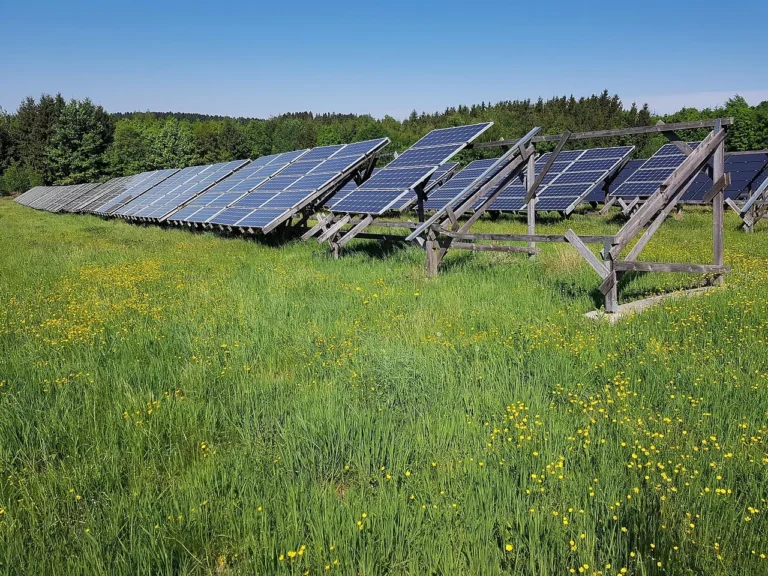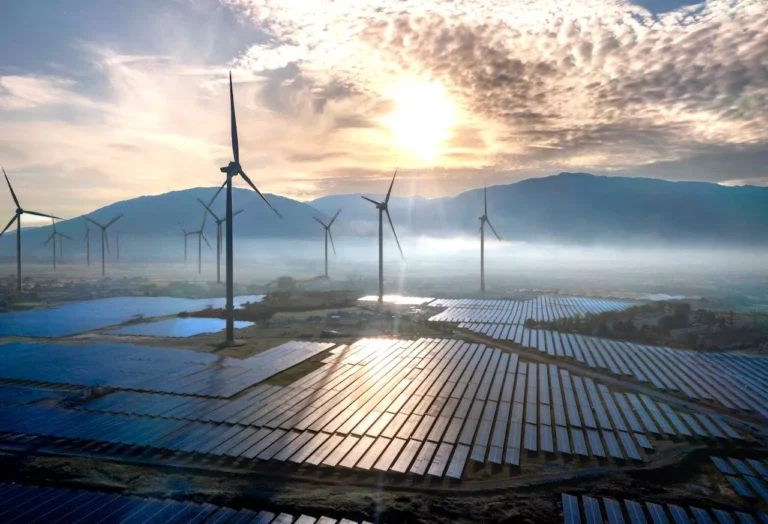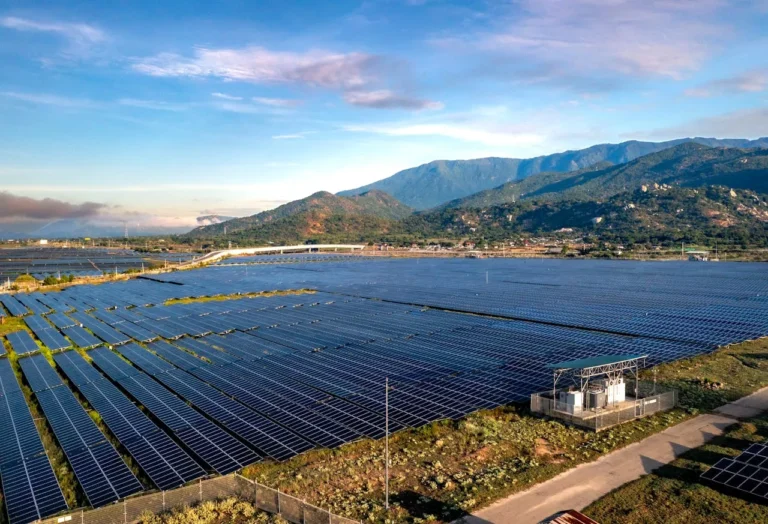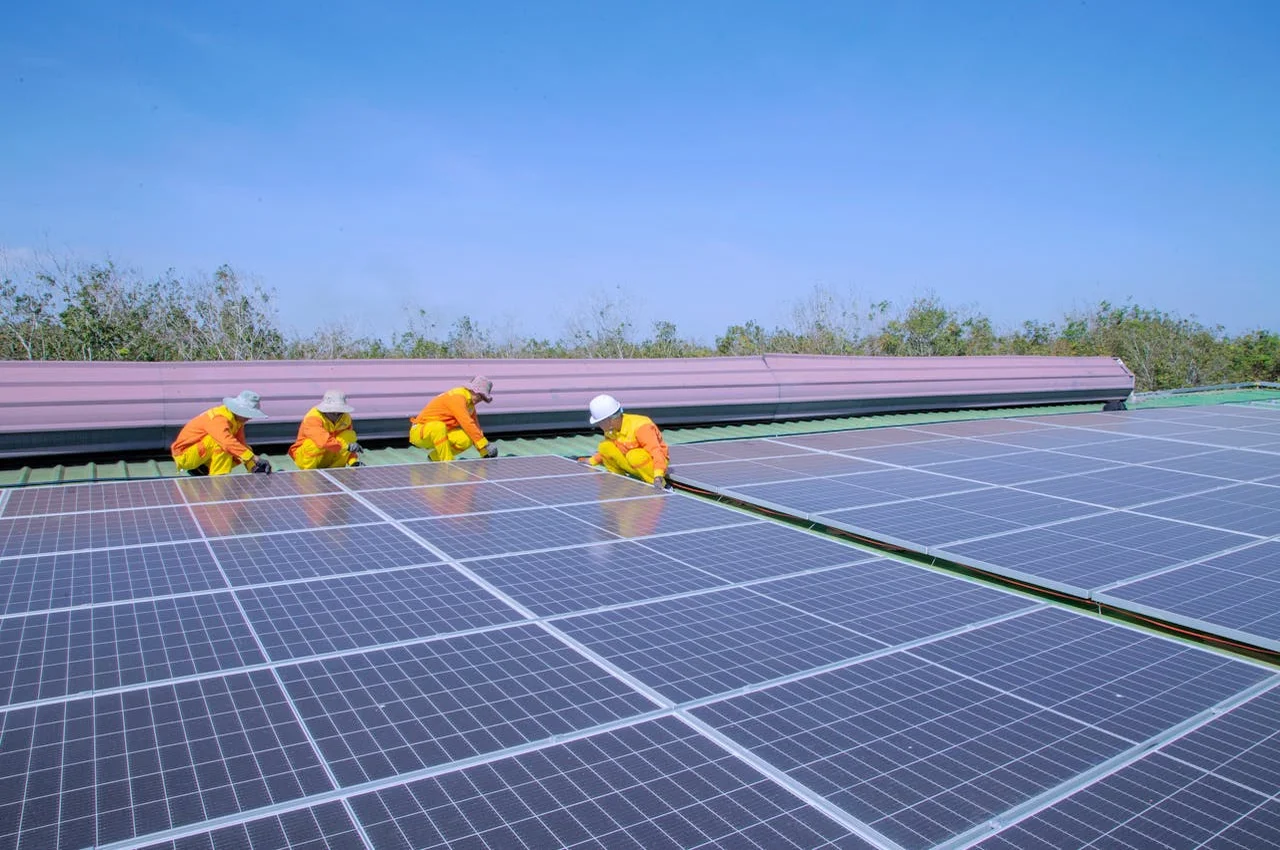
Increasing consumer interest in reducing carbon footprints and cutting energy costs is fueling the growth of community and rooftop solar in northern Illinois, served by ComEd. To help meet this demand, ComEd has introduced a new hosting capacity map for solar developers, which streamlines the interconnection process.
“Our updated hosting capacity map provides developers with near real-time data each month on solar projects in the development queue,” said Mark Baranek, Senior Vice President of Technical Services at ComEd. “This information is critical in helping developers identify the best locations to connect their projects to our grid.”
In October alone, ComEd received 2,250 new applications for interconnection to its electric system, which serves over 4 million customers in the region. This marks the seventh consecutive month with more than 2,000 applications, bringing the total for 2023 to a record 21,952—an all-time high. Additionally, ComEd completed 1,976 Distributed Energy Resource (DER) systems in October, contributing 42 megawatts of DER generation capacity—a new monthly record. ComEd now has around 1,160 MW of DER connected to its system, including 460 MW from residential solar, 285 MW from community solar, and more than 345 MW from commercial systems. By 2030, ComEd expects the solar power on its grid to grow to 2,700 MW.
The surge in solar and other DER technologies, such as battery storage and electric vehicles, has made it essential for developers to have access to current hosting capacity data. This data helps estimate the amount of DER that can be accommodated without requiring significant upgrades to the ComEd distribution system. ComEd’s hosting capacity maps offer monthly updates for distribution circuits at 34kV and below, as well as maps for battery storage and electric vehicle (EV) load, which are updated around 20 times per year.
These initiatives align with the goals of Illinois’ Climate and Equitable Jobs Act (CEJA), which aims to double the state’s investment in renewable energy. CEJA targets 40% renewable energy by 2030 and 50% by 2040. The law also provides incentives for solar installations, such as the Distributed Generation (DG) Rebate program. This program offers up to $300 per kilowatt for eligible solar installations and up to $300 per kilowatt-hour for associated energy storage devices. ComEd has already paid over $48 million in DG rebates this year and expects to pay more than $60 million by the end of 2024. The largest DG rebate to date was awarded to G&W Electric of Bolingbrook, Illinois, which received $600,000 for its rooftop solar investments and $2 million for a battery storage system.





